Guán Ân Shrine at Thay Pagoda
 Tuesday, August 18, 2009 at 9:48AM
Tuesday, August 18, 2009 at 9:48AM Up the hill from Tu Dao Hanh's meditation cave (see Thay Pagoda) is a large shrine with an exquisite statue of Guán Ân, the Bodhisattva of Compassion.
If you see books or music or tools on this site that you would like to buy through Amazon, click here and thus i have seen will get a small percentage of the purchase price of the item. Thank you.
The Elements of Typographic Style
Patagonia Synchilla Snap-T Pullover
Minding the Earth, Mending the Word: Zen and the Art of Planetary Crisis
North Face Base Camp Duffel (Medium)
 Tuesday, August 18, 2009 at 9:48AM
Tuesday, August 18, 2009 at 9:48AM Up the hill from Tu Dao Hanh's meditation cave (see Thay Pagoda) is a large shrine with an exquisite statue of Guán Ân, the Bodhisattva of Compassion.
 Tuesday, August 18, 2009 at 7:19AM
Tuesday, August 18, 2009 at 7:19AM Thay Pagoda was founded in the 11th century by ascetic Zen monk Tu Dao Hanh, who was also the founder of water-puppetry in Vietnam. A ten-minute climb up the mountain behind the pagoda brings you to the cave (Dong Thanh Hoa) where Tu Dao Hanh meditated.
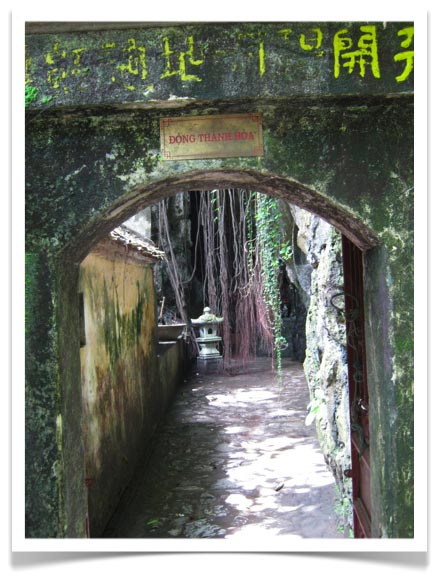
The entrance to the cave is guarded, of course, by a fierce dragon,

protected by a tiny porcelain Quán Âm (Guan Yin),
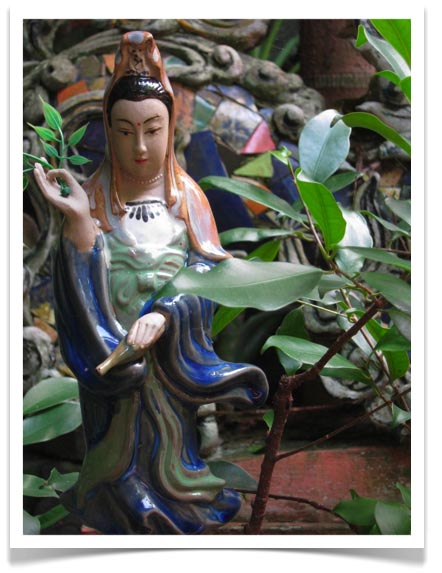
and lined with four Plumeria trees that, I am told, were planted in the 15th century. The latter were probably my favorites.
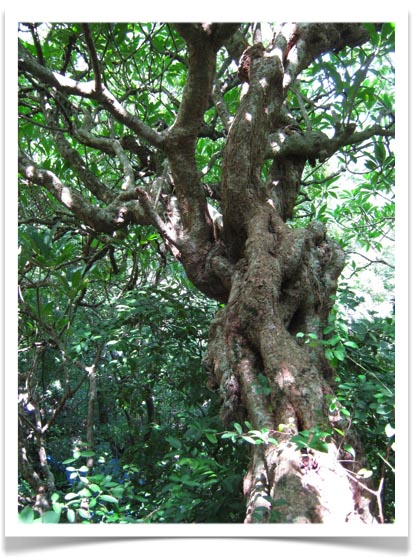
 Tuesday, August 18, 2009 at 6:18AM
Tuesday, August 18, 2009 at 6:18AM A lot of the objects in here are several hundred years old. Some are not. Notice, for example, the box of Choco-Pies on the altar next to the fruit. I guess it's like Ed Brown says, "No sugar, no enlightenment". This place was enchanting. [NOTE: There is an audio track to this clip, but you have to turn up the volume to hear it].
 Monday, August 17, 2009 at 7:20AM
Monday, August 17, 2009 at 7:20AM 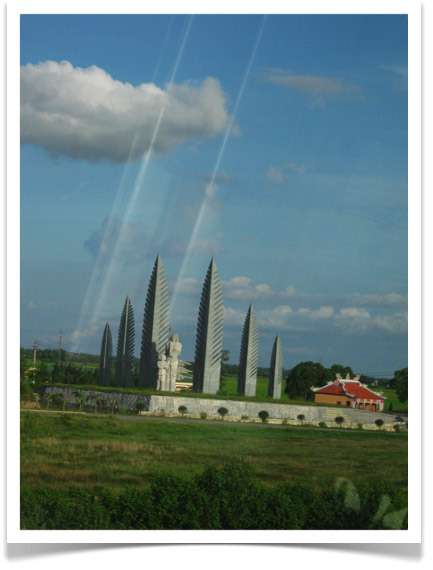
The 17th parallel was recognized by the Geneva Conference in 1954 as the provisional dividing line between North and South Vietnam. The division, which became irrelevant in 1976 following the unification of Vietnam, is marked by this monument as one crosses the Ben Hai river into Quang Tri province. [NOTE: The celestial beams that appear to be streaming from the heavens are reflections from the back window of the van].
 Sunday, August 16, 2009 at 9:59PM
Sunday, August 16, 2009 at 9:59PM 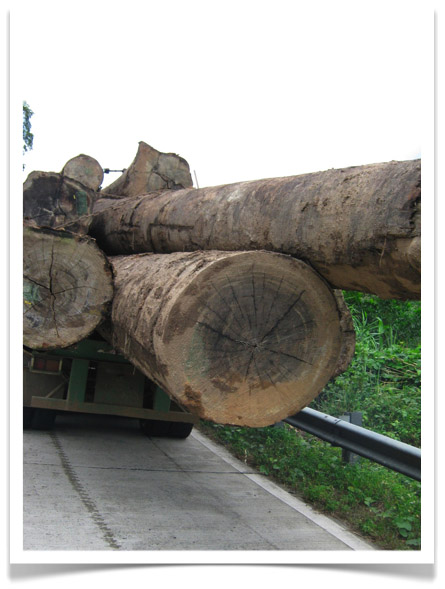
This was the fourth logging truck we passed on the road coming out of the Ngoc Linh Nature Reserve. It took me a while to get the camera out of my pack, and the truck was going so slow up the hill and we were going so fast that I was only able to get a small section of the load. The size of the logs, however, is apparent. [NOTE: Logging is officially prohibited in the Ngoc Linh Reserve].
 Sunday, August 9, 2009 at 5:04AM
Sunday, August 9, 2009 at 5:04AM 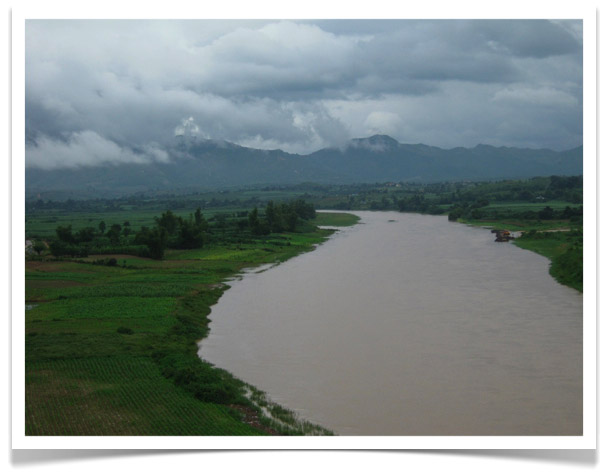
A view across the Dakbla River from the city of Kontum. The cloud-covered mountains in the background contain the Ngoc Linh Nature Reserve. We will head up there tomorrow to get the final permissions for selected forest guards to attend the rattan inventory workshop next week.
 Sunday, August 9, 2009 at 4:24AM
Sunday, August 9, 2009 at 4:24AM 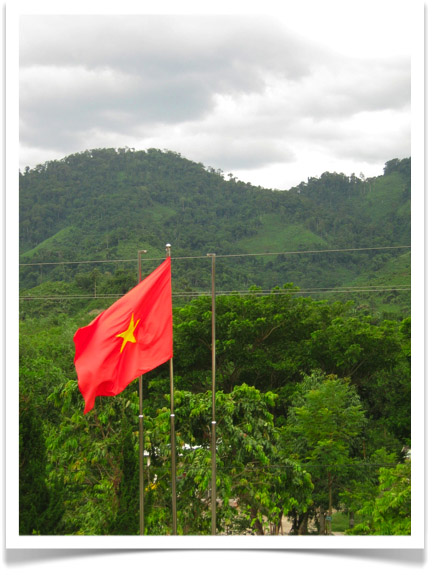
A shot from the second floor of the offices of the Song Thanh Nature Reserve in Quang Nam province, Vietnam. I will give a training workshop here next week on the identification and inventory of local rattans (see An Unusual Rattan and Weaving a Trivet) for representatives of six nature reserves in the Central Truong Son Mountains. The basic objective of the workshop is to help reserve staff start collecting the baseline data needed to develop management plans for the sustainable exploitation of wild rattan. [NOTE: Vietnam is the third largest producer of rattan in the world; a large percentage of this material comes from the Truong Son Mountains].
 Sunday, August 9, 2009 at 3:55AM
Sunday, August 9, 2009 at 3:55AM 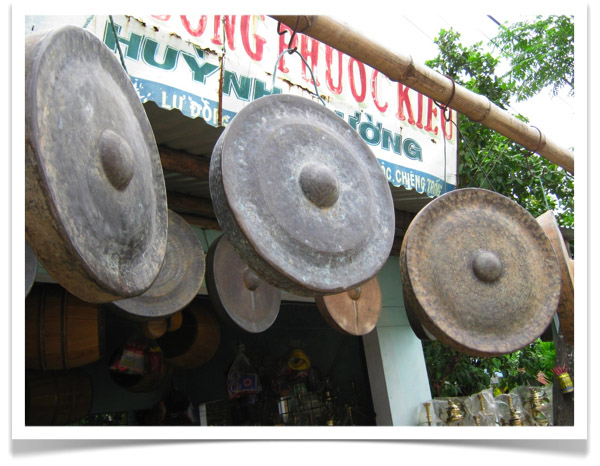 While the driver was asking directions in Nam Phuoc, I got out and browsed through the shop of a local foundry. Lots of really beautiful gongs, bells, and other cast metal items. I especially liked the little statue of Nguyen Trai (shown below), the famed Vietnamese poet and general who helped Emperor Le Loi defeat the Chinese Ming dynasty in the 13th century.
While the driver was asking directions in Nam Phuoc, I got out and browsed through the shop of a local foundry. Lots of really beautiful gongs, bells, and other cast metal items. I especially liked the little statue of Nguyen Trai (shown below), the famed Vietnamese poet and general who helped Emperor Le Loi defeat the Chinese Ming dynasty in the 13th century.
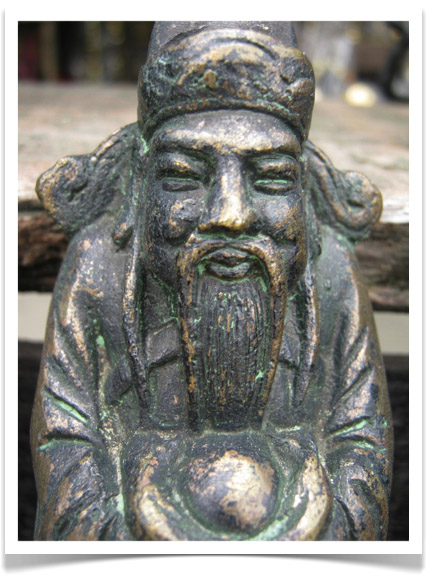
 Friday, August 7, 2009 at 7:35PM
Friday, August 7, 2009 at 7:35PM 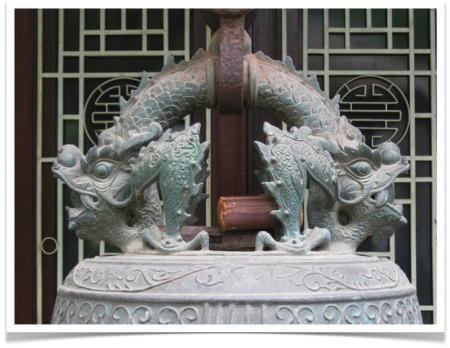
Detail of the original bell at the Bao Quoc Pagoda in Hue, Vietnam. The pagoda was founded in 1670 by Giac Phong, a Buddhist monk from China.
 Friday, August 7, 2009 at 10:29AM
Friday, August 7, 2009 at 10:29AM 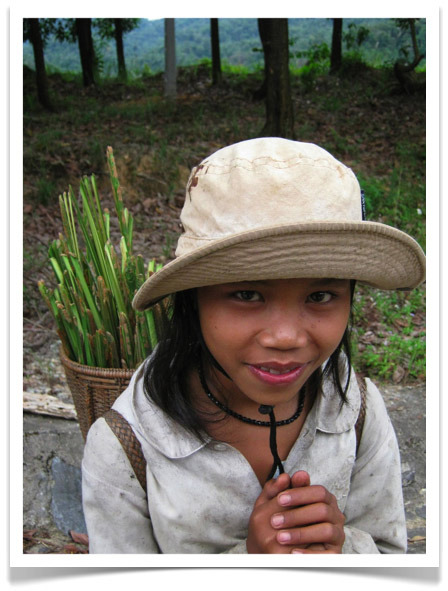
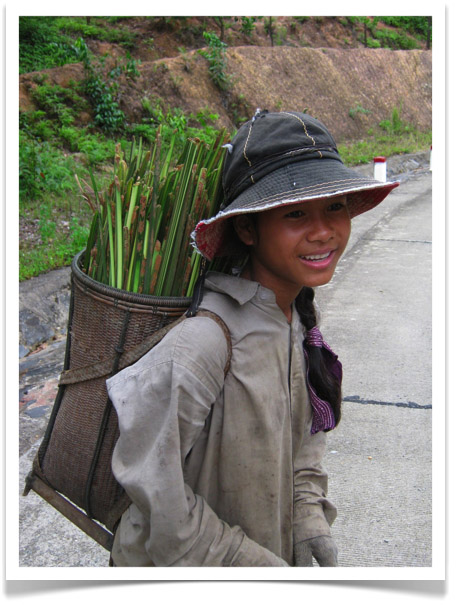

I bumped into these young ladies as they were coming out of the forest outside of A. Luoi in Central Vietnam. Their beautiful rattan baskets are full of Licuala palm leaves that are used to weave those traditional Vietnamese conical hats. The hats are known locally as non la; so is this palm. [NOTE: They said, i.e. they told Dr. Ban, that they had walked about an hour into the forest to collect the leaves].